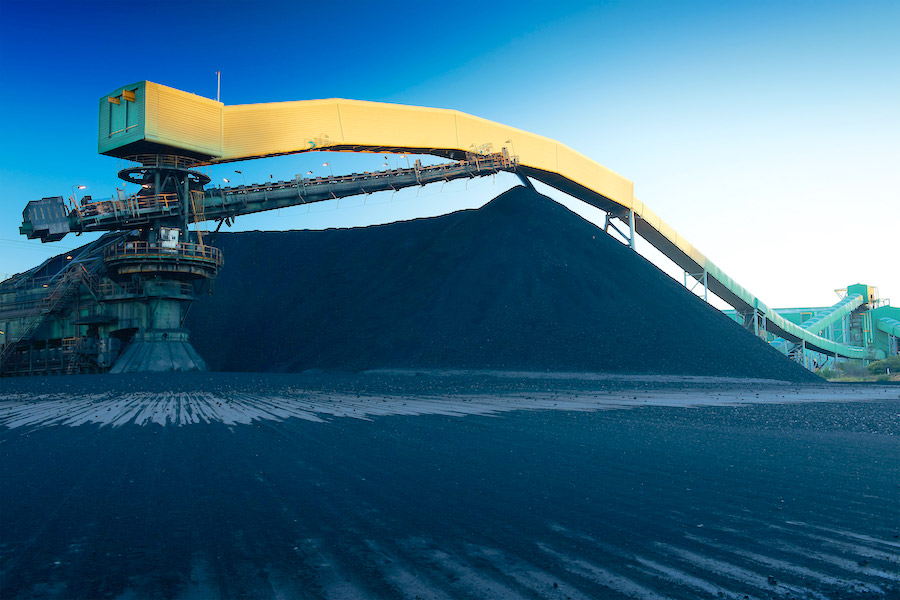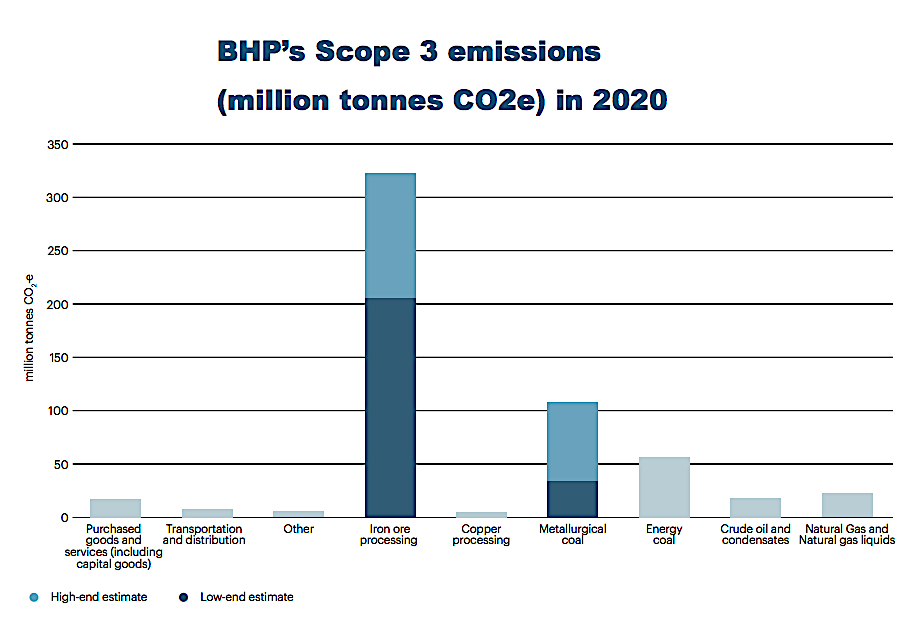Global S&T Development Trend Analysis Platform of Resources and Environment
| BHP 30% by 2030 emissions reduction target fails to impress | |
| admin | |
| 2020-09-10 | |
| 发布年 | 2020 |
| 语种 | 英语 |
| 国家 | 国际 |
| 领域 | 地球科学 |
| 正文(英文) |  BHP recently announced plans to divest some coal assets, including the Mount Arthur thermal coal mine in Australia. (Image courtesy of BHP.)
BHP (ASX, LON, NYSE: BHP) unveiled on Thursday details of a revamped strategy to cut operational emissions by 30% by 2030 from this year’s levels, but it stopped short of tackling Scope 3 emissions — those generated indirectly when consumers burn or process its oil, coal or iron ore. The world’s largest miner, which is also one of the biggest carbon emitters, will focus on using cleaner forms of power supply as well as taking steps to electrify its diesel-powered truck fleet. The moves aim to eventually reach net zero operational emissions by 2050.
While BHP’s target is less than perfect, it doubles Rio Tinto’s (ASX, LON: RIO) goals of reducing operational (Scope 1 & 2) emissions to 15% below 2018 levels by 2030. “We are…realistic about the magnitude of the task that the world faces in meeting the Paris goals,” chief executive Mike Henry said in a webcast. “Unfortunately, today the world is not currently on track…The world will need to increase action if it is to achieve the ambitions of Paris.” BHP had already pledged to achieve net zero operational — scope 1 and 2 — emissions by 2050. It had also said it would bring those emissions below fiscal 2017 levels by the 2022 financial year. A study published in May showed that eight of the world’s top ten largest mining companies were not doing enough to help keep global temperatures from increasing by less than 2°C a year by 2050. Hardest to tackleScope 3 emissions are undoubtedly the hardest to tackle, but they account for as much as 97% of BHP’s total, according to Market Forces executive director Julien Vincent. They are also larger than Australia’s total emissions in 2019 of 532.5 million tonnes of carbon dioxide equivalent, so stakeholders were expecting more. “The targets fall short of the ~42% reduction that would be required to align with a 1.5°C pathway from 2020 to 2030,” investors group Market Forces said. “Put simply, BHP has deliberately chosen not to meet the Paris Agreement’s ultimate aim of holding warming to 1.5°C.” BHP is the top exporter of coking coal used in steelmaking and number three in iron ore, the raw material for steel.  The highly polluting process of making steel involves adding coking coal to iron ore to make the alloy, and is responsible for up to 9% of global greenhouse emissions. The Melbourne-based giant recently announced plans to divest some coal assets, including the Mount Arthur thermal coal mine in Australia. It has also said it would link executive bonuses to concrete steps taken to help the company become carbon-neutral by 2050. (With files from Bloomberg)
|
| URL | 查看原文 |
| 来源平台 | Minging.com |
| 文献类型 | 新闻 |
| 条目标识符 | http://119.78.100.173/C666/handle/2XK7JSWQ/293540 |
| 专题 | 地球科学 |
| 推荐引用方式 GB/T 7714 | admin. BHP 30% by 2030 emissions reduction target fails to impress. 2020. |
| 条目包含的文件 | 条目无相关文件。 | |||||
| 个性服务 |
| 推荐该条目 |
| 保存到收藏夹 |
| 查看访问统计 |
| 导出为Endnote文件 |
| 谷歌学术 |
| 谷歌学术中相似的文章 |
| [admin]的文章 |
| 百度学术 |
| 百度学术中相似的文章 |
| [admin]的文章 |
| 必应学术 |
| 必应学术中相似的文章 |
| [admin]的文章 |
| 相关权益政策 |
| 暂无数据 |
| 收藏/分享 |
除非特别说明,本系统中所有内容都受版权保护,并保留所有权利。
修改评论